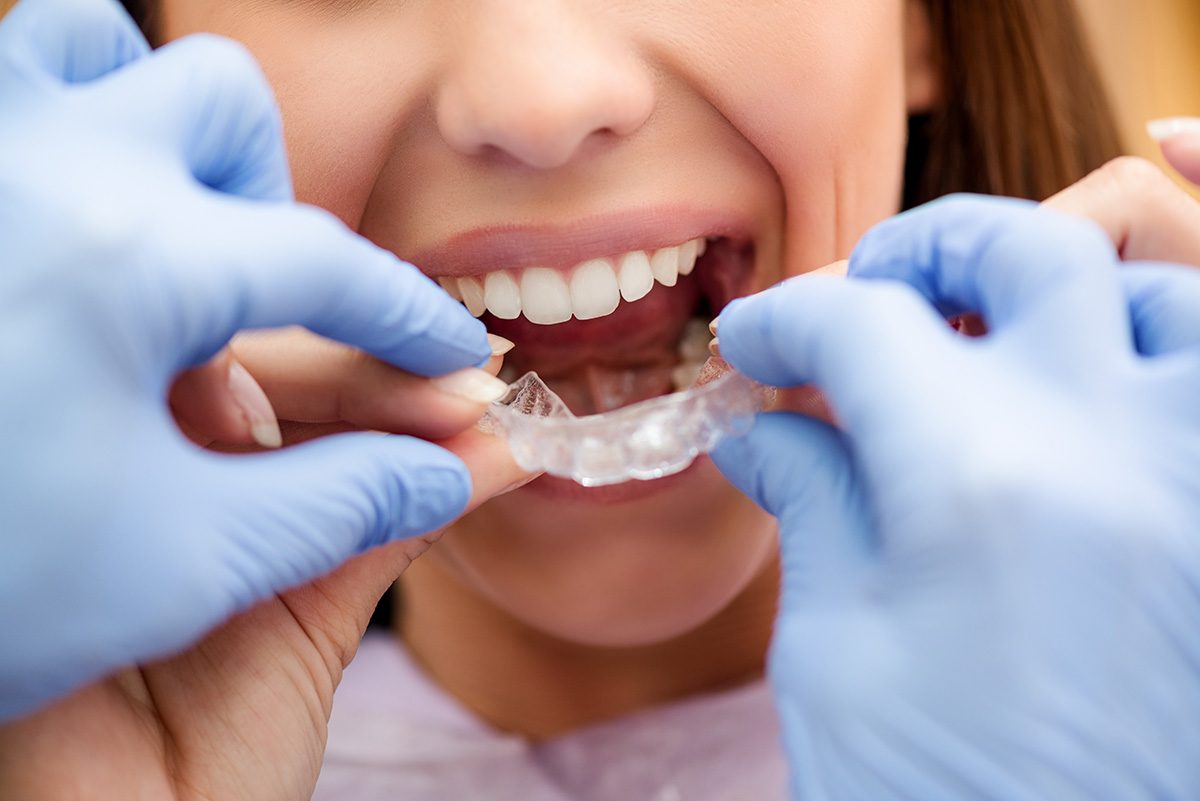The Ultimate Guide To Legacy Orthodontics
The Ultimate Guide To Legacy Orthodontics
Blog Article
Some Ideas on Legacy Orthodontics You Should Know
Table of ContentsTop Guidelines Of Legacy OrthodonticsWhat Does Legacy Orthodontics Do?The 30-Second Trick For Legacy OrthodonticsUnknown Facts About Legacy OrthodonticsThe Buzz on Legacy Orthodontics
In enhancement, we supply adjustable treatment schedules, versatile settlement options and a fun, enjoyable experience.An orthodontist is a dental practitioner trained to diagnose, prevent, and deal with teeth and jaw abnormalities. They correct existing problems and are trained to identify troubles that may establish in the future. Orthodontists work with people of any ages, from youngsters to grownups. People often connect an excellent smile with healthiness.
Malocclusion, or misaligned teeth, can result in dental problems, including dental caries, gum disease, and tough or uncomfortable eating. Not everyone is birthed with straight teeth. If you have a poor bite or big spaces between your teeth, you might desire to consult a dental professional focusing on orthodontic treatment.
Legacy Orthodontics for Beginners
( Picture Credit Report: DigitalVision/Getty Images) Orthodontists utilize fixed and removable oral gadgets, like braces, retainers, and bands, to change the position of teeth in your mouth. Orthodontic therapy is for dental problems, including: Uneven teethBite troubles, like an overbite or an underbiteCrowded teeth or teeth that are too much apartJaw misalignmentThe goal of orthodontic therapy is to boost your bite.
A healthy and balanced bite guarantees you can consume, chew, and speak effectively. While you may consider orthodontists as primarily for kids or teens who need braces, they can remedy oral issues at any type of age. Orthodontists attend college, oral institution, and orthodontic institution. After college graduation, they spend 2 or 3 years in an orthodontic residency program.
All orthodontists are dental professionals, however not all dentists are orthodontists. Orthodontic residency programs use intensive, concentrated direction for dental experts. They concentrate on 2 locations: Just how to effectively and securely move teeth How to correctly guide growth in the teeth, jaw, and faceOnce an orthodontist has finished training, they have the alternative to become board licensed.
Not known Incorrect Statements About Legacy Orthodontics
Malocclusion leads to tooth overcrowding, an askew jaw, or irregular bite patterns. Malocclusion is usually treated with: Your orthodontist affixes metal, ceramic, or plastic square bonds to your teeth.
Some people require a headgear to aid relocate teeth into line with pressure from outside the mouth. A retainer is a customized gadget that maintains your teeth in place.
They can develop additional space in the mouth without having to pull teeth. Orthodontists use cords, surgical screws, or plates to support your jaw bone.
You might need to see an orthodontist if you have: Crowding or not adequate area for all of your teethOverbite, when your upper teeth come by your bottom teethUnderbite, when your base teeth are too much forwardSpacing or issues with gapsCrossbite, which is when your upper teeth fit behind your bottom teeth when your mouth is closedOpen bite or an upright space in between your front bottom and top teethMisplaced midline, when the center of your base and upper teeth don't align Fixing a dental malocclusion can: Make biting, chewing, and speaking easierImprove the symmetry of our face and your overall appearanceEase discomfort from temporomandibular joint problemsSeparate your teeth and make them simpler to clean, assisting prevent dental cavity or cavities It's often a dental practitioner that first notifications misaligned teeth throughout a routine test.
Some Known Questions About Legacy Orthodontics.

During your initial orthodontic assessment, you'll likely have: A dental examPhotos taken of your face and smileDental X-raysPanoramic (360 degree) X-rays of your face and headImpressions to produce molds of your teethThese tests will assist your orthodontist understand exactly how to wage your treatment. leesburg orthodontist. An orthodontist is a dental professional who's had training to treat your teeth and jaw
Orthodontists might do surgical treatment, exams,X-rays,and even more to aid you achieve a much more comfortable, healthier smile. An orthodontist is concentrated on your bite, so something like a cracked tooth would be dealt with by a dental practitioner. Orthodontists are dentists but not all dental experts are orthodontists. Orthodontists are concentrated on your bite, or the means your teeth meshed, and the straightness of your teeth.
Ever asked yourself just how stars constantly seem to have completely aligned teeth? The response often depends on the competent hands of an orthodontist. What exactly does an orthodontist do? Orthodontists are oral experts who concentrate on remedying abnormalities in the teeth and jaws. Their know-how exceeds simply developing a gorgeous smile; it encompasses boosting your total oral wellness and feature.
Not known Facts About Legacy Orthodontics

While braces are one of the most generally acknowledged orthodontic treatment, orthodontists have a diverse toolkit at their disposal. The certain approach selected depends upon the seriousness of the case, the client's age, and specific preferences. These tried-and-true braces make use of a system of braces bonded to the teeth and attached by wires.
Clear aligners, like Invisalign, are a preferred alternative for patients looking for a much more discreet treatment choice. These detachable trays are personalized to gradually move the teeth's position. Headgear may be utilized along with dental braces or aligners to use extra targeted pressures, specifically for correcting jaw Bonuses discrepancies. In instances of narrow jaws, palatal expanders can be used to produce room for proper tooth positioning.
Report this page